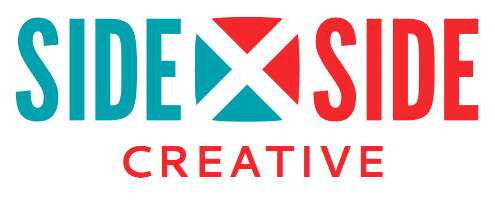A Side x Side Guide: How to Pick a Font

Illustration created for Side x Side by Stefanie McCallister
There are as many fonts as there are stars in the Milky Way, it seems. Trying to find the right one for your project can feel like a daunting task. Mary Holste, founder and co-owner of Side x Side Creative, gives a few tips for choosing the right one.
Who is your audience?
Are you writing a long legal treatise that will be read by a group of lawyers? (How about Times New Roman?) Is this a powerpoint for your TED talk? (Maybe Futura?) Knowing your audience will help you know whether to go casual or professional; modern or classic.
What tone are you trying to convey?
Though it may just sit there silently on the page, every font has a loud voice. You need to make sure that the voice of the font matches the tone of your project. Are you creating a report to give to your donors that highlights the great work your organization has done that year? (Helvetica?) You’ll want to appear professional, positive, and efficient.
How will this font be used?
Does it need to be readable at 10-point size in a single-spaced report? Does it need to be read across a room? (Univers?) In general, if you need a font for a block of text you should go with a font that’s easy to read. (Frutiger?) For headlines, banners, and bigger type on a page, sans-serif fonts are better choices.
Know Your Technology.
Is your Microsoft Word document being sent to lots of people who may not have the same system fonts as you? If so, go with something basic so your super-specialized font doesn’t get hijacked and turned into unreadable symbols on a different computer.
Just say no to Comic Sans.
Seriously. It’s everywhere and it’s misused about 90% of the time. The tone of Comic Sans is extremely casual and supposed to be quirky, though it’s used way too often to have retained that quality. This is the wrong choice for most communication, even email.
What font does your company use?
If you have specific company fonts, you need to use those. Even if you don’t want to. If you don’t have a company style-guide, it’s worth checking to see what your company (or you individually) has tended to use. Sticking with the same font is usually better than trying a new one each time. Consistency, even when slightly boring, is generally the safest bet.
Sorry, the comment form is closed at this time.

Kent Snyder
You’ve reinforced the idea to get rid of Comic Sans in general correspondence – which I did last year. My quirkiness has not yet suffered.